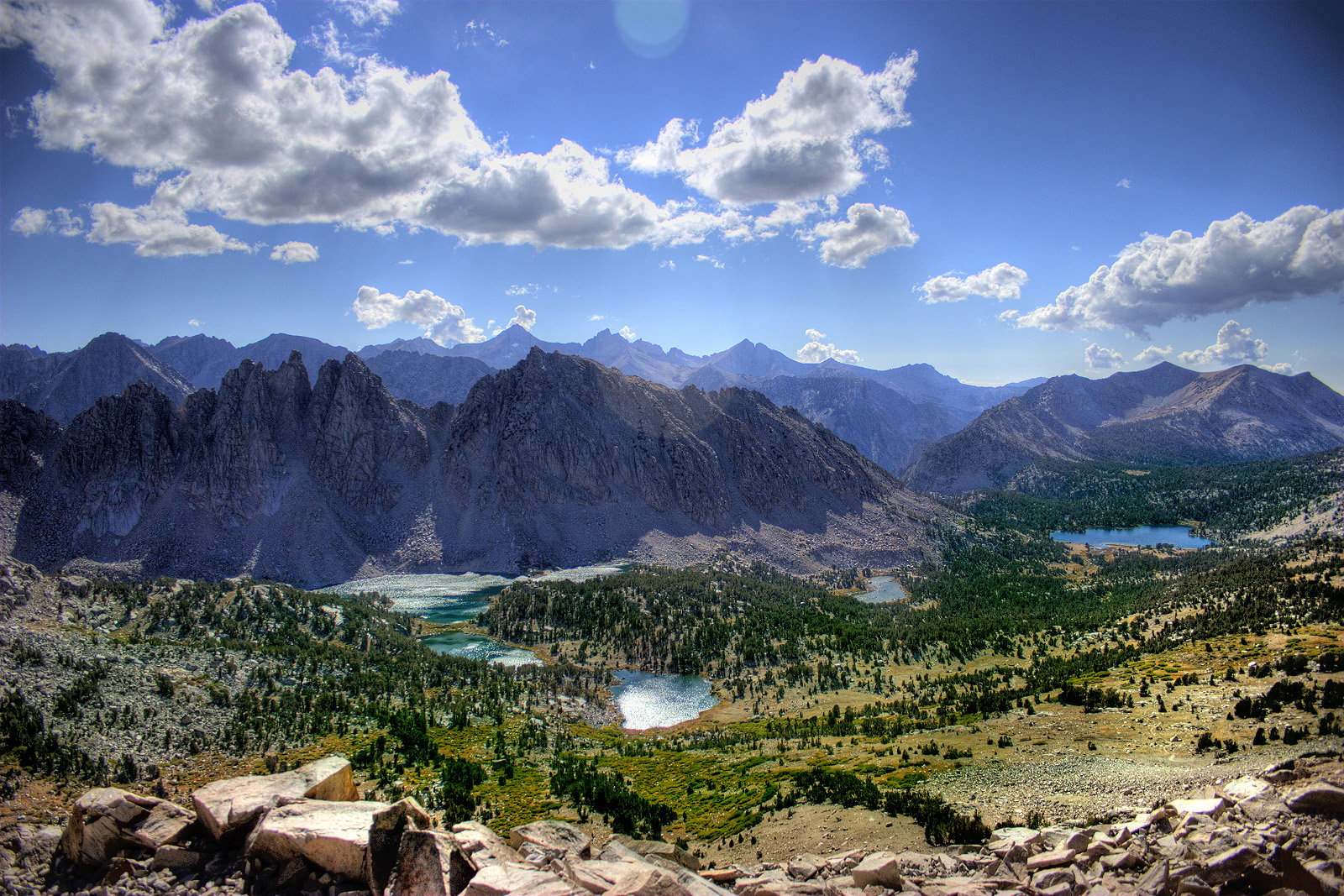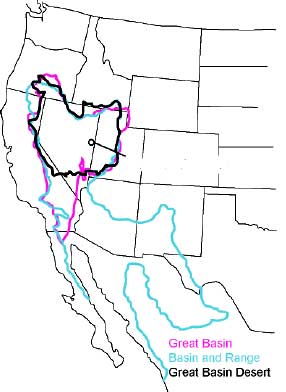|
Diplacus Mephiticus
''Diplacus mephiticus'' is a species of monkeyflower known by the common names skunky monkeyflower and foul odor monkeyflower. It was formerly known as ''Mimulus mephiticus''. It has been reclassified as ''Mimulus nanus'' (now ''Diplacus'') var. ''mephiticus''. Distribution The species is native to the Sierra Nevada and western Great Basin of California and Nevada. Description ''Mimulus nanus'' var. ''mephiticus'' is a diminutive summer annual growing to a height of 15 cm (usually much smaller, especially at high elevation). The oppositely arranged leaves are linear or lance-shaped and up to 3 centimeters in length. The leaves emit an unpleasant scent when crushed, the characteristic that earned the plant its name.Blackwell, L. R. (2006)Great Basin Wildflowers Globe Pequot. 171. The trumpet-shaped flower may be up to 2 centimeters long and has an upper lip with two lobes and a lower lip with three. The flower is magenta or yellow, and populations occasionally have plant ... [...More Info...] [...Related Items...] OR: [Wikipedia] [Google] [Baidu] |
Edward Lee Greene
Edward Lee Greene (August 20, 1843–November 10, 1915) was an American botanist known for his numerous publications including the two-part ''Landmarks of Botanical History'' and the describing of over 4,400 species of plants in the American West. Early life Edward Lee Greene was born on August 20, 1843 in Hopkinton, Rhode Island. In 1859 Greene moved to Wisconsin and began studying at Albion Academy, a very reputable institution with a religious emphasis. There Greene met Thure Kumlien, a Swedish Naturalist with an interest in botany. Greene accompanied Kumlein on field trips, further developing Greene's interest in botany. In August 1862, Greene joined his father and brothers in joining the 13th Wisconsin Volunteer Infantry Regiment of the Union Army. Though he never rose above the rank of private in his three years of service, Greene was able to advance his botanical studies, collecting specimens as he marched through Tennessee, Kentucky and Alabama. Following his release ... [...More Info...] [...Related Items...] OR: [Wikipedia] [Google] [Baidu] |
Diplacus
''Diplacus'' is a plant genus in the family Phrymaceae, which was traditionally placed in family Scrophulariaceae. In the 2012 restructuring of '' Mimulus'' by Barker, ''et al''., based largely upon DNA evidence, seven species were left in ''Mimulus'', 111 placed into '' Erythranthe'' (species with axile placentation and long pedicels), 46 placed into ''Diplacus'' (species with parietal placentation and sessile flowers), two placed in '' Uvedalia'', and one each placed in '' Elacholoma'', '' Mimetanthe'', and ''Thyridia''. ''Diplacus'' used to be a separate genus from ''Mimulus'', but it was merged into ''Mimulus'' no later than 1905, until the 2012 restructuring. Dry and rocky areas are preferred. Species Species include: * ''Diplacus angustatus'' (A.Gray) G.L.Nesom * ''Diplacus aridus'' Abrams * '' Diplacus aurantiacus'' (Curtis) Jeps. * ''Diplacus × australis'' (McMinn ex Munz) Tulig * ''Diplacus bigelovii'' (A.Gray) G.L.Nesom * ''Diplacus bolanderi'' (A.Gray) G.L.Nesom * ... [...More Info...] [...Related Items...] OR: [Wikipedia] [Google] [Baidu] |
Sierra Nevada (U
The Sierra Nevada () is a mountain range in the Western United States, between the Central Valley of California and the Great Basin. The vast majority of the range lies in the state of California, although the Carson Range spur lies primarily in Nevada. The Sierra Nevada is part of the American Cordillera, an almost continuous chain of mountain ranges that forms the western "backbone" of the Americas. The Sierra runs north-south and its width ranges from to across east–west. Notable features include General Sherman, the largest tree in the world by volume; Lake Tahoe, the largest alpine lake in North America; Mount Whitney at , the highest point in the contiguous United States; and Yosemite Valley sculpted by glaciers from one-hundred-million-year-old granite, containing high waterfalls. The Sierra is home to three national parks, twenty wilderness areas, and two national monuments. These areas include Yosemite, Sequoia, and Kings Canyon National Parks; and ... [...More Info...] [...Related Items...] OR: [Wikipedia] [Google] [Baidu] |
Great Basin
The Great Basin is the largest area of contiguous endorheic watersheds, those with no outlets, in North America. It spans nearly all of Nevada, much of Utah, and portions of California, Idaho, Oregon, Wyoming, and Baja California. It is noted for both its arid climate and the basin and range topography that varies from the North American low point at Badwater Basin in Death Valley to the highest point of the contiguous United States, less than away at the summit of Mount Whitney. The region spans several physiographic divisions, biomes, ecoregions, and deserts. Definition The term "Great Basin" is applied to hydrographic, biological, floristic, physiographic, topographic, and ethnographic geographic areas. The name was originally coined by John C. Frémont, who, based on information gleaned from Joseph R. Walker as well as his own travels, recognized the hydrographic nature of the landform as "having no connection to the ocean". The hydrographic definition is the ... [...More Info...] [...Related Items...] OR: [Wikipedia] [Google] [Baidu] |
California
California is a state in the Western United States, located along the Pacific Coast. With nearly 39.2million residents across a total area of approximately , it is the most populous U.S. state and the 3rd largest by area. It is also the most populated subnational entity in North America and the 34th most populous in the world. The Greater Los Angeles area and the San Francisco Bay Area are the nation's second and fifth most populous urban regions respectively, with the former having more than 18.7million residents and the latter having over 9.6million. Sacramento is the state's capital, while Los Angeles is the most populous city in the state and the second most populous city in the country. San Francisco is the second most densely populated major city in the country. Los Angeles County is the country's most populous, while San Bernardino County is the largest county by area in the country. California borders Oregon to the north, Nevada and Arizona to the ea ... [...More Info...] [...Related Items...] OR: [Wikipedia] [Google] [Baidu] |
Nevada
Nevada ( ; ) is a state in the Western region of the United States. It is bordered by Oregon to the northwest, Idaho to the northeast, California to the west, Arizona to the southeast, and Utah to the east. Nevada is the 7th-most extensive, the 32nd-most populous, and the 9th-least densely populated of the U.S. states. Nearly three-quarters of Nevada's people live in Clark County, which contains the Las Vegas–Paradise metropolitan area, including three of the state's four largest incorporated cities. Nevada's capital is Carson City. Las Vegas is the largest city in the state. Nevada is officially known as the "Silver State" because of the importance of silver to its history and economy. It is also known as the "Battle Born State" because it achieved statehood during the Civil War (the words "Battle Born" also appear on its state flag); as the " Sagebrush State", for the native plant of the same name; and as the " Sage-hen State". The name means "snowy" in Spanish, ... [...More Info...] [...Related Items...] OR: [Wikipedia] [Google] [Baidu] |
List Of Plants Of The Sierra Nevada (U
A ''list'' is any set of items in a row. List or lists may also refer to: People * List (surname) Organizations * List College, an undergraduate division of the Jewish Theological Seminary of America * SC Germania List, German rugby union club Other uses * Angle of list, the leaning to either port or starboard of a ship * List (information), an ordered collection of pieces of information ** List (abstract data type), a method to organize data in computer science * List on Sylt, previously called List, the northernmost village in Germany, on the island of Sylt * ''List'', an alternative term for ''roll'' in flight dynamics * To ''list'' a building, etc., in the UK it means to designate it a listed building that may not be altered without permission * Lists (jousting), the barriers used to designate the tournament area where medieval knights jousted * ''The Book of Lists'', an American series of books with unusual lists See also * The List (other) * Listing ( ... [...More Info...] [...Related Items...] OR: [Wikipedia] [Google] [Baidu] |
Diplacus Nanus
''Diplacus nanus'' is a species of monkeyflower known by the common name dwarf purple monkeyflower. It is native to California and the Northwestern United States to Montana Montana () is a state in the Mountain West division of the Western United States. It is bordered by Idaho to the west, North Dakota and South Dakota to the east, Wyoming to the south, and the Canadian provinces of Alberta, British Columbi .... It grows in moist habitat, often in bare or disturbed soils. It was formerly known as ''Mimulus nanus''. Description ''Diplacus nanus'' is a hairy annual herb growing at ground level or erect to 10 centimeters tall. The oppositely arranged purple-green leaves are oval or oblong and up to 2.5 centimeters long. The tubular, wide-faced flower is usually magenta or purple with two yellow stripes in the mouth, but is occasionally all yellow. The flower is up to 2 cm long. See also *'' Erythranthe mephiticus'' References External linksJepson Manual Treatme ... [...More Info...] [...Related Items...] OR: [Wikipedia] [Google] [Baidu] |
Flora Of California
Flora (: floras or florae) is all the plant life present in a particular region or time, generally the naturally occurring ( indigenous) native plants. The corresponding term for animals is ''fauna'', and for fungi, it is '' funga''. Sometimes bacteria and fungi are also referred to as flora as in the terms '' gut flora'' or ''skin flora''. Etymology The word "flora" comes from the Latin name of Flora, the goddess of plants, flowers, and fertility in Roman mythology. The technical term "flora" is then derived from a metonymy of this goddess at the end of the sixteenth century. It was first used in poetry to denote the natural vegetation of an area, but soon also assumed the meaning of a work cataloguing such vegetation. Moreover, "Flora" was used to refer to the flowers of an artificial garden in the seventeenth century. The distinction between vegetation (the general appearance of a community) and flora (the taxonomic composition of a community) was first made by Jules Thur ... [...More Info...] [...Related Items...] OR: [Wikipedia] [Google] [Baidu] |
.jpg)


.png)

